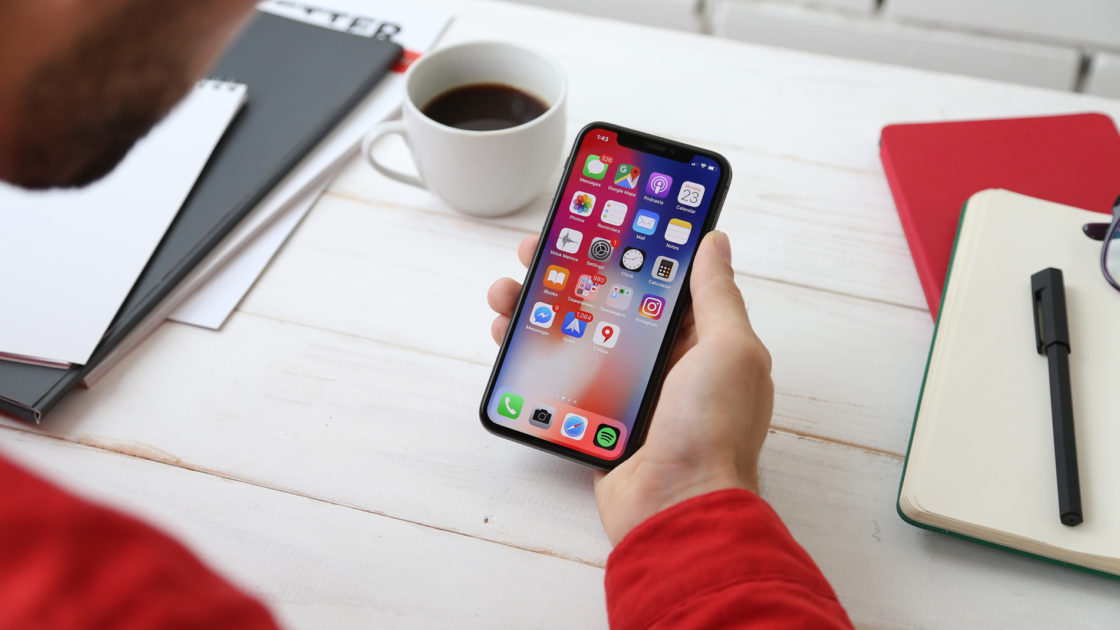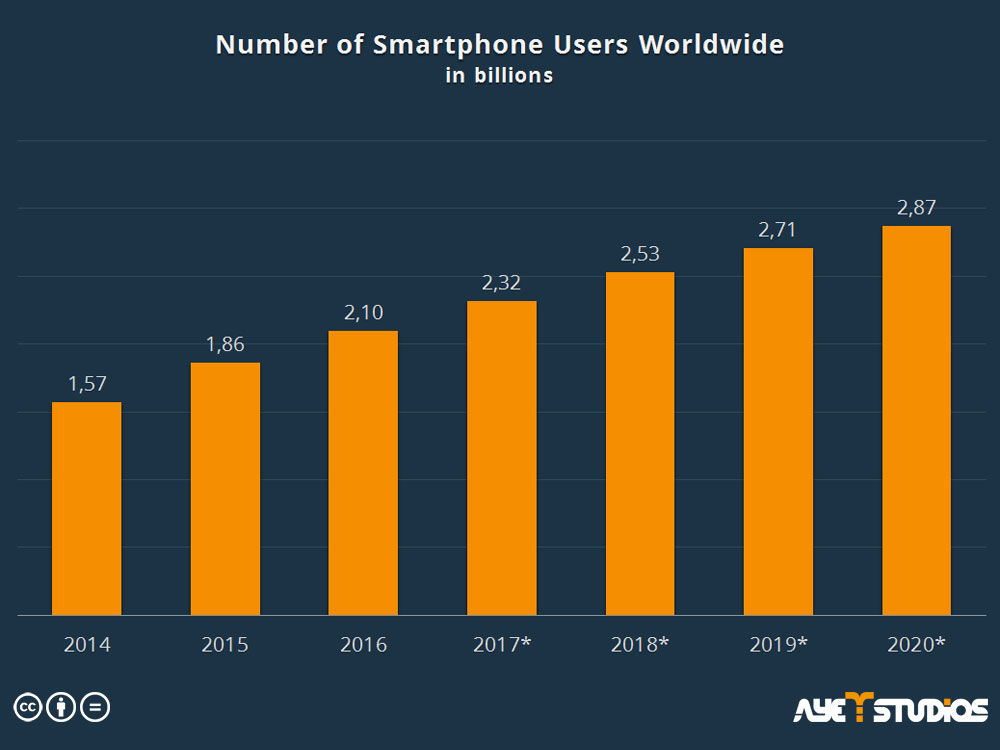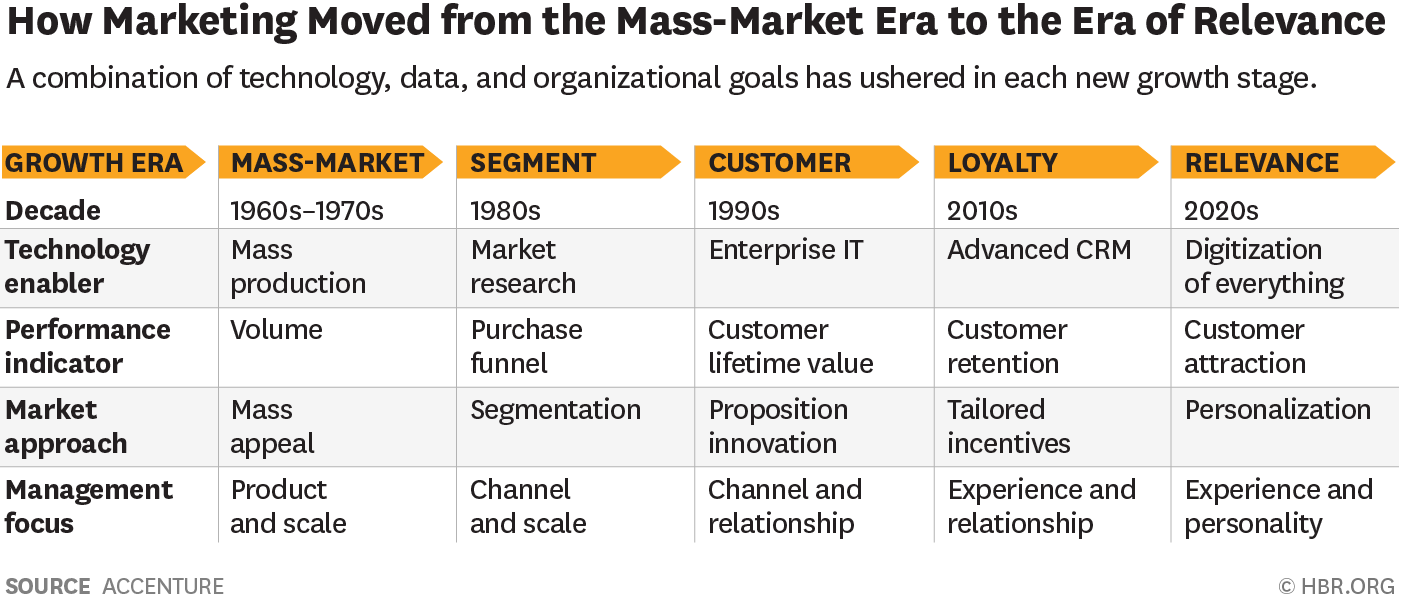The role of personalisation in a post-app era

A decade ago, smartphones and mobile apps took the world by storm. Having a smartphone become a need, and a mobile app was considered an essential tool for any brand that would like to attract the attention of a booming consumer segment: mobile device users. Ten years later, its use continues to increase. By 2020, the number of smartphone owners is projected to reach 2.87 billion.
People can spend more than 4 hours a day using their smartphones. However, the app world suffered a significant decline. Studies show that 71% of mobile users would silence or delete an app if they begin to receive too many irrelevant push notifications. In fact, users mainly focus their attention on messaging apps and social networks.

The phases of the personalized experience
Personalization is essential to encourage consumers to generate a relationship with a brand and, finally, buy its products. This strategy should cover all communication channels, all touchpoints, and be relevant to the user according to their needs and interests.
With the advent of email marketing, many brands began calling users by their name in their email communications. Even the content of these messages reflected purchasing patterns. Later on, many companies focused their attention on loyalty programs. Recently, and according to a study by Kantar Retail, more than 70% of consumers claim that loyalty incentive-programs don’t make them loyal at all.
When it was the turn of mobile apps, all companies developed a native app to be “closer” to their users. It was the most direct way to interact with them. However, time has shown that only those who demonstrated their relevance and offered a personalized experience have survived.
Now artificial intelligence and machine learning are leading the way in the implementation of personalization on a much larger scale. Augmented reality, bots and big data, are tools available to increase the relevance of the relationship between your brand and your users.

Don’t be pushy with push notifications
It’s not about whether a mobile app is essential or not. The use of mobile devices is now a habit: 80% of users perform searches through their smartphones, and 40% of online transactions are made from mobile devices.
Knowing how to differentiate yourself from your competitors is what makes your strategy successful. Take advantage of push notifications, but use them wisely. For example, most of our clients combine their marketing messages and transactional emails with push notifications. The immediacy of the push is reflected in better opening and click rates.
However, it’s a double-edged sword. Push notifications can be seen as relevant or annoying. Avoid the latest. Brands must be able to identify who their customers are, and what are the times when the impact of these notifications will have more value.

The use of AI in personalisation
Artificial intelligence is one of the great allies of personalisation. It’s used by brands to granularly understand who their users are, and what interests them. Now, how to take advantage of AI when it comes to push notifications?
Identify moments
A moment is a change in the user’s situation, and brands should know how to act when the user needs them to. Here lays the relevance of AI. For example, if a mobile user visits your website and leaves the shopping cart, the best time to interact with him would be immediately after. Send him a push notification that takes him back to the cart and ready to pay.
The real user engagement
Once the AI has identified patterns, it can predict and anticipate the next action. By learning the behaviour of a particular segment, you can adapt your content and even your product recommendations. This will ensure the delivery of the correct message at the right time for optimal engagement.


